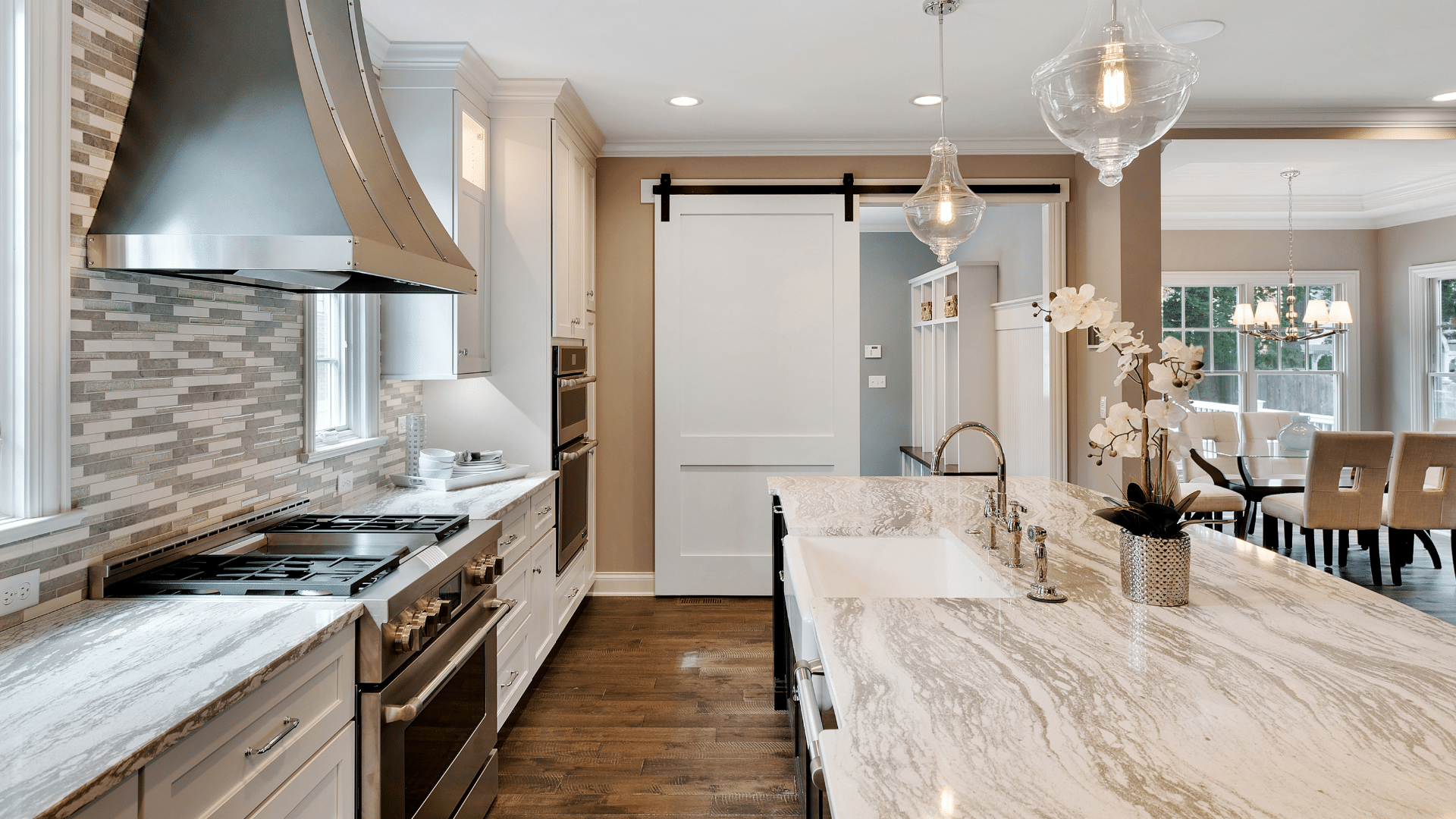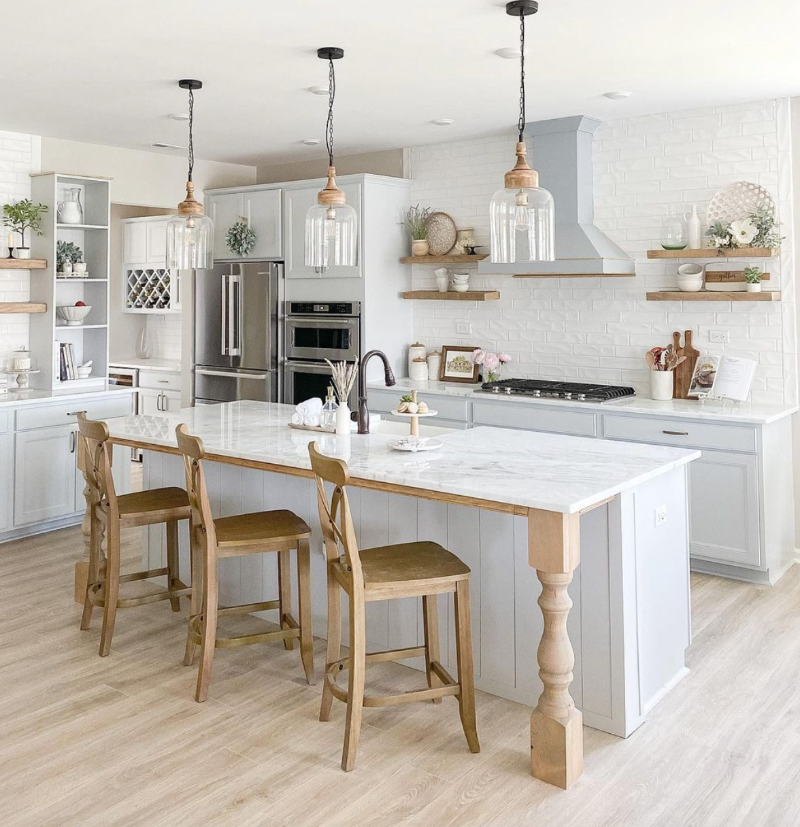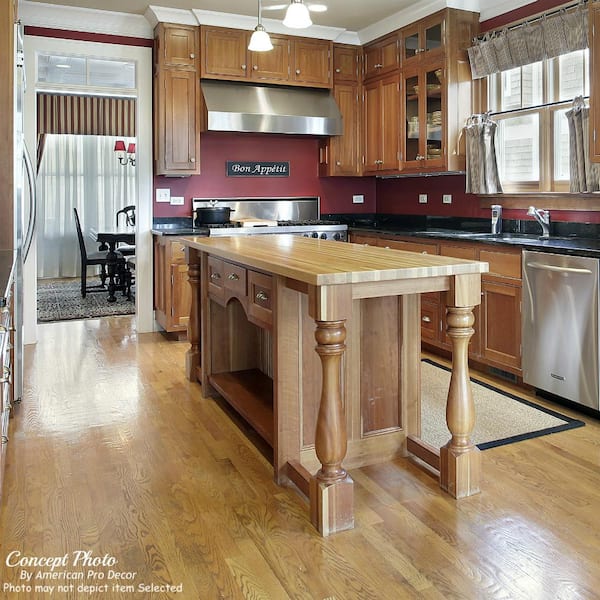Kitchen Island Legs: Boost Your Kitchen with Solid Support
Kitchen Island Legs: Boost Your Kitchen with Solid Support
Blog Article
Vital Tips for Choosing the Perfect Table for Your Kitchen
Picking the excellent table for your cooking area is greater than simply an issue of preference; it requires a comprehensive understanding of your room and requirements. Begin by measuring your available area to make sure enough clearance for activity. The shape of the table plays an essential role; while rectangular tables suit bigger areas, rounded ones foster intimacy, and extendable alternatives use versatility. Material selection is equally essential, with woods supplying sturdiness and glass lending a modern-day touch. Lastly, the table should balance with your kitchen's aesthetics and fit your family easily. What various other elements might affect this essential choice?
Procedure Your Room
Selecting the suitable eating table begins with a careful analysis of your available area. This fundamental action ensures that the table not only fits comfortably within the space however additionally matches the total format and capability of your dining area. Begin by measuring the dimensions of the room, considering doorways, windows, and any type of existing furnishings. This will certainly assist you establish the optimum allowed dimension for your eating table.
It is necessary to leave appropriate area for chairs to be pulled out and for people to relocate around the table without obstruction. A general rule of thumb is to allow at least 36 inches of clearance from the side of the table to the nearest wall surface or piece of furnishings.
In addition, think of the number of individuals you normally captivate and whether you require added area for visitors. Selecting an extendable table can give flexibility, enabling you to fit varying numbers of diners. By accurately gauging your area, you lay the foundation for choosing a dining table that improves both the appearances and functionality of your eating area.
Pick the Right Forming

On the other hand, round tables are superb for smaller sized cooking areas or intimate gatherings, as they promote discussion by permitting everyone to deal with each various other. They additionally provide a feeling of comfort and can fit well in tighter spaces because of their absence of sharp edges. Oval tables provide the finest of both globes, incorporating the length of rectangular tables with the affection of round ones, making them flexible for different setups.
Square tables are another option, especially matched for square-shaped areas. They create a balanced and modern-day look, fostering an equal dining experience for all seated. Nevertheless, they might be much less functional for bigger celebrations unless they feature expansions. Inevitably, the form you select ought to straighten with your room measurements and way of living to make certain both kind and feature.
Material Factors To Consider
When picking a table, material considerations are paramount in establishing the table's durability, upkeep requirements, and general visual. Timber is a traditional option, supplying timeless allure and toughness. Hardwoods like mahogany, walnut, and oak are particularly long lasting, though they can be pricey. kitchen island legs. Softwoods, such as ache, are more economical yet may be vulnerable to scratches and dents. review
Glass-topped tables give a contemporary, sleek appearance and can make a room show up bigger because of their openness. They call for regular cleaning to protect against smudges and fingerprints. In addition, toughened up glass is suggested for its additional strength and safety.

Last but not least, composite materials like MDF (Medium-Density Fiberboard) or plywood are economical options. These materials can simulate the read more appearance of solid wood yet might not use the exact same durability. They are typically easier to clean yet can be susceptible to water damages otherwise appropriately secured.
Eventually, the option of material need to line up with your kitchen's design, your way of life needs, and your budget restrictions. (kitchen island legs)
Seats Capacity and Convenience
Just how do you figure out the appropriate seats capacity and comfort for your dining table? For a family members of 4, a rectangle-shaped table of 48 inches long or a round table with a 48-inch size is usually adequate.
Comfort is similarly necessary. The elevation of the table need to ideally be around 30 inches, offering a balanced ergonomic position for seated restaurants. Chairs should have a seat elevation of 18 to 20 inches to guarantee a comfortable eating pose. Furthermore, take into consideration the chair style; helpful back-rests and upholstered seats can boost dining convenience dramatically, specifically during extended dishes.
Style and Aesthetic Appeal
Choosing a table that suits your style and aesthetics includes balancing personal taste with the existing decor of your eating room. The eating table is usually the focal point of the cooking area, and its layout should complement the overall style of the area. Whether your kitchen boasts a modern, minimalist look or a rustic, farmhouse charm, the table you select must integrate Web Site with these components to develop a natural and welcoming ambience.
Take into consideration products thoroughly; wood uses a timeless charm and can range from rich mahogany for a standard seek to lighter oak for a modern feeling. Steel and glass tables, on the other hand, can present a sleek, commercial edge to your kitchen. Don't neglect the table's form-- rectangular tables are versatile and classic, while round and oblong options can promote a more intimate dining experience.
In addition, pay close interest to coatings and details. A troubled finish may add personality and heat, whereas a glossy surface area can add to a clean, modern-day aesthetic. Eventually, your eating table ought to not just fit flawlessly into your kitchen area's layout however additionally reflect your individual design, raising the room both functionally and aesthetically.
Verdict
In final thought, selecting the ideal eating table for a kitchen area demands careful analysis of area, form, product, seating capability, and visual harmony. Guaranteeing a minimal clearance of 36 inches helps with comfy motion, while the option of shape enhances spatial characteristics. Product choice impacts durability and style, making it critical to line up with the cooking area's total visual. Ultimately, a well-chosen dining table promotes a welcoming environment and suits the house comfortably, therefore improving the dining experience.

When selecting a dining table, product considerations are paramount in determining the table's durability, upkeep requirements, and general visual. For a household of 4, a rectangular table of 48 inches long or a round table with a 48-inch size is usually enough.
Don't overlook the table's form-- rectangle-shaped tables are versatile and traditional, while round and oval alternatives can promote an extra intimate dining experience. kitchen island legs.
Report this page